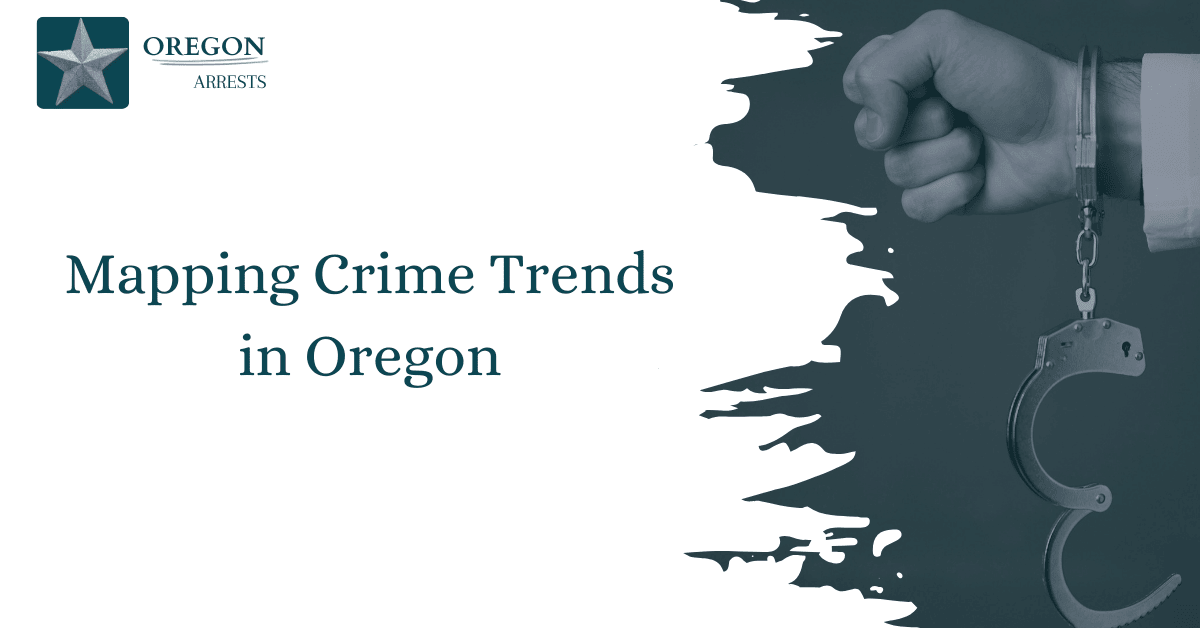Mapping Crime Trends in Oregon
Crime trends in Oregon provide valuable insights into the safety and security of the state. By analyzing data on various criminal activities, we can better understand the patterns and factors influencing these trends. Understanding the prevalence of different types of crime in different regions can help law enforcement agencies and policymakers develop more targeted strategies to address these issues.
Mapping crime trends in Oregon can also help communities become more aware and proactive in preventing criminal activities. By visualizing the data on a map, residents can identify high-risk areas and take necessary precautions to protect themselves and their property. This information can empower individuals to work together with local authorities to create safer neighborhoods for everyone.
Crime Patterns in Oregon
Crime patterns in Oregon can provide valuable insights into understanding the dynamics of criminal activities within the state. By analyzing data related to crime rates, types of offenses, and geographical locations, researchers and law enforcement agencies can identify patterns that can help in developing effective strategies for crime prevention and intervention.
Data Analysis for Insights
One of the key aspects of exploring crime patterns in Oregon is the thorough analysis of available data. By examining trends over time, researchers can gain valuable insights into the factors contributing to the prevalence of certain types of crimes in specific areas. This data-driven approach can help in identifying areas that require targeted interventions and resource allocation.
Prevalent Criminal Activities and Locations
Understanding the most prevalent criminal activities and their locations is essential for law enforcement agencies to effectively combat crime. By mapping out the areas with high crime rates and identifying the types of offenses that are most common, authorities can prioritize their efforts and focus on addressing the root causes of criminal behavior.
Importance of Understanding Crime Trends
Recognizing and interpreting crime trends is crucial for developing proactive strategies to prevent criminal activities. By studying patterns and trends in crime data, policymakers can anticipate potential challenges and implement preventive measures to ensure the safety and security of communities in Oregon.
Utilizing Crime Mapping for Safety
Crime mapping is a valuable tool that can help in visualizing crime trends and hotspots in Oregon. By utilizing advanced mapping technologies, law enforcement agencies can identify areas with high crime rates and allocate resources effectively to address security concerns.
Identifying Hotspots and Trends
Crime mapping allows for the identification of hotspots where criminal activities are concentrated. By analyzing these hotspots and understanding the trends in crime data, authorities can develop targeted interventions to reduce crime rates and enhance public safety.
Allocating Resources Effectively
Efficient resource allocation is essential for law enforcement agencies to effectively combat crime. By utilizing crime mapping tools, authorities can allocate personnel and resources strategically to areas with high crime rates, ensuring a more efficient and targeted approach to crime prevention.
Collaborative Efforts for Safer Neighborhoods
Promoting collaboration and community engagement is crucial for creating safer neighborhoods in Oregon. By fostering partnerships between law enforcement agencies, community organizations, and residents, it is possible to create secure environments that deter criminal activities and promote a sense of safety among residents.
Promoting Community Engagement
Engaging the community in crime prevention efforts is key to building trust and fostering cooperation between residents and law enforcement agencies. By promoting community involvement in safety initiatives, neighborhoods can work together to address security concerns and reduce crime rates.
Creating Secure Environments for Residents
Ensuring the safety and security of residents is a shared responsibility that requires collaborative efforts from various stakeholders. By creating secure environments through community policing initiatives and crime prevention programs, neighborhoods in Oregon can become safer and more resilient to criminal activities.
Frequently Asked Questions
Our FAQ section aims to provide you with detailed information on Mapping Crime Trends in Oregon to enhance your understanding and address any queries you may have.
What is the significance of mapping crime trends in Oregon?
Mapping crime trends in Oregon is essential for law enforcement agencies and policymakers to identify patterns, allocate resources efficiently, and develop strategies to combat crime effectively. By analyzing data spatially, it helps in understanding the distribution and frequency of crimes across different areas.
How’s crime data gathered and mapped for tracking crime trends in Oregon?
Crime data in Oregon is collected through various sources such as law enforcement agencies, crime reports, and incident records. This data is then analyzed, geocoded, and visualized on maps to identify hotspots, trends, and patterns. Mapping crime trends help in predicting future crime occurrences and devising preventive measures.
What are some common crime trends observed in Oregon?
Common crime trends in Oregon include property crimes like burglary, theft, and vandalism, as well as violent crimes such as assault, robbery, and homicide. By mapping these trends, authorities can target high-crime areas, implement community policing strategies, and reduce criminal activities effectively.
Can Oregon crime mapping help prevent crime?
Mapping crime trends in Oregon aids in crime prevention by enabling law enforcement agencies to deploy resources strategically, conduct targeted patrols, and engage with communities effectively. By identifying crime patterns and trends, authorities can take proactive measures to enhance public safety and reduce criminal activities.
Challenges in mapping Oregon crime trends?
While mapping crime trends in Oregon offers valuable insights for crime prevention and law enforcement, there are challenges such as data accuracy, privacy concerns, and interpretation biases. It is essential to address these challenges through data validation, privacy protection measures, and unbiased analysis to ensure reliable mapping of crime trends.
How can individuals contribute to mapping crime trends in Oregon?
Individuals can contribute to mapping crime trends in Oregon by reporting crimes, sharing relevant information with authorities, and participating in community watch programs. By being vigilant, observant, and proactive, citizens can help in creating safer neighborhoods and supporting efforts to map crime trends effectively.







